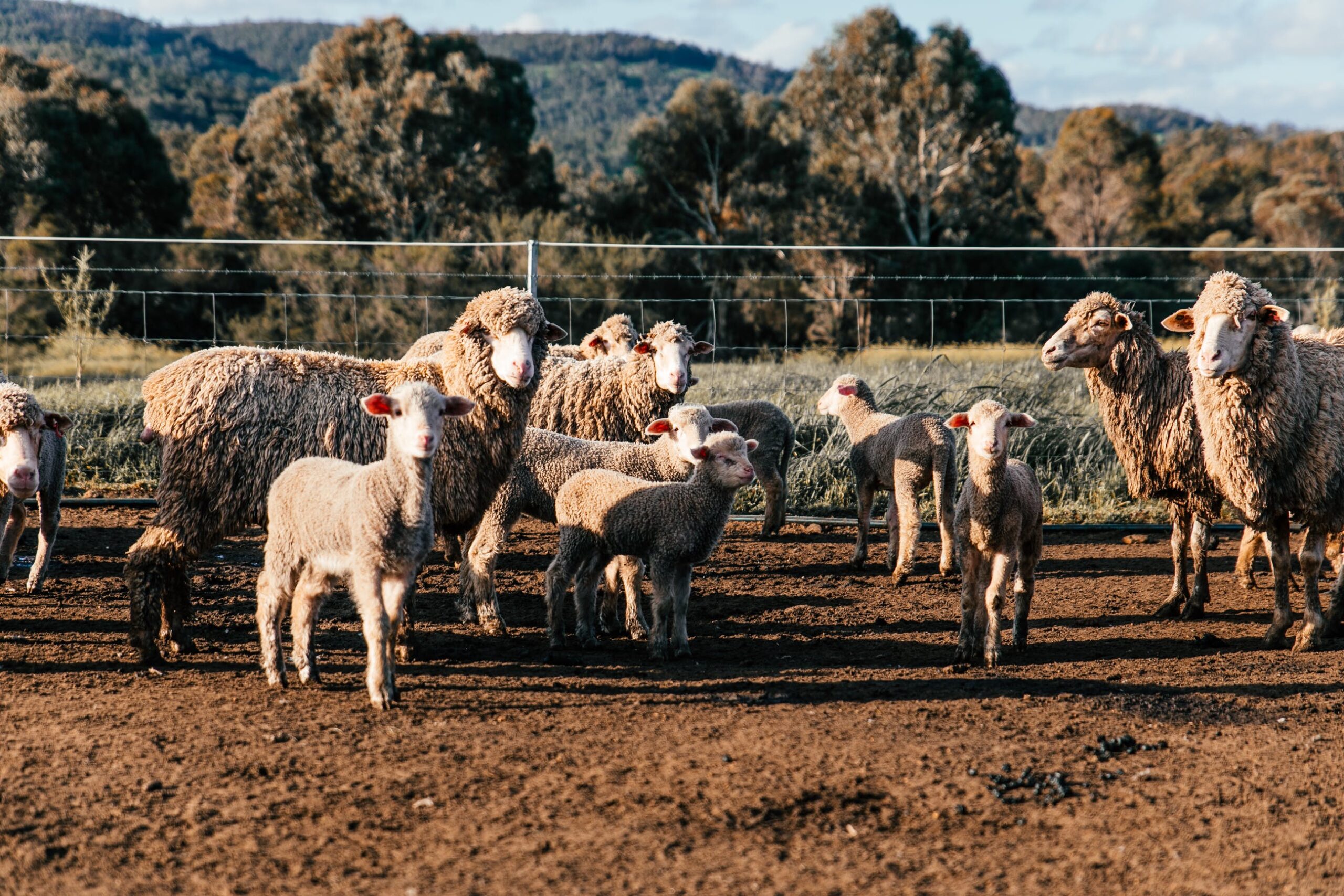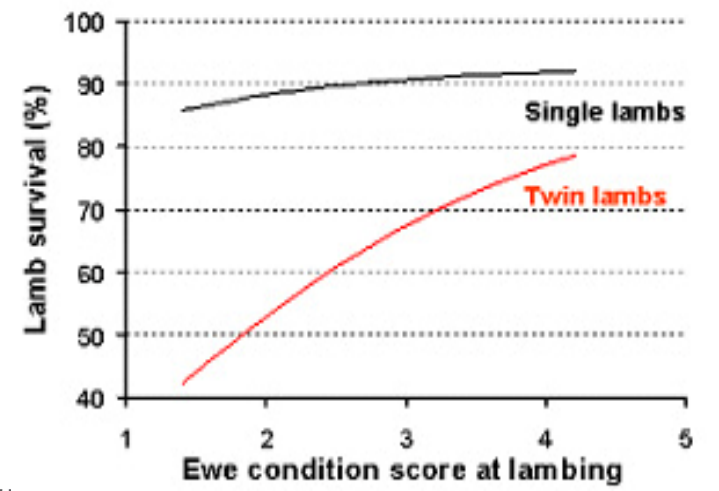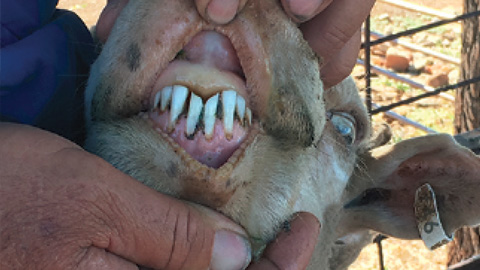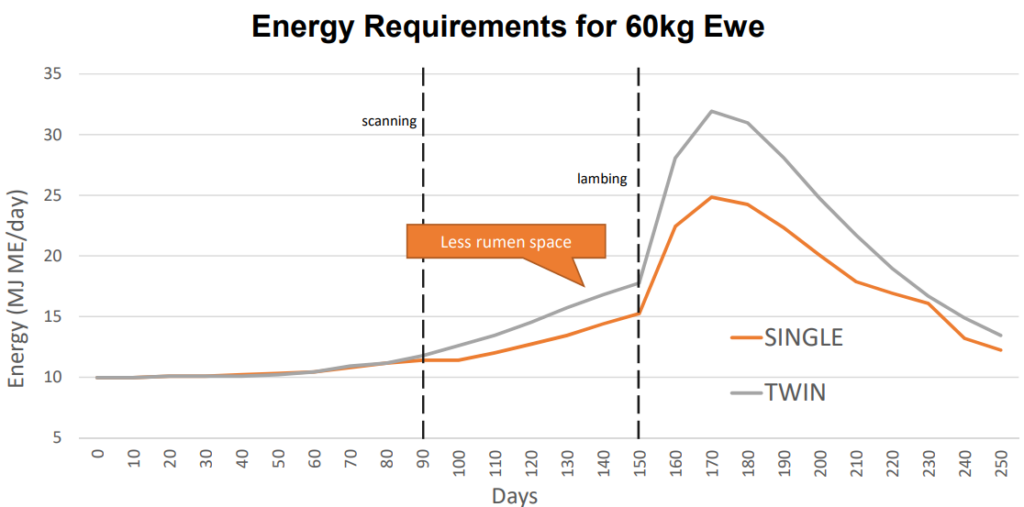Joining, also known as breeding or mating, is a crucial aspect of sheep farming. The potential of your flock is determined during this time and ensuring your ewes and rams are in good health prior to joining will help determine how successful joining will be for you. Whether you’re raising sheep for wool, meat, or as pets, it’s essential to have your ewes and rams in good health prior to joining. Rams are generally kept with the ewes for a period of 5 to 6 weeks and then taken out and put in a separate paddock to define the lambing period and prevent it from stretching out too long. Starting preparations for joining eight weeks prior is crucial for reaping the maximum benefits and ensuring the optimal condition of your ewes and rams.
Timing
Most ewes are seasonal breeders, with fertility stimulated by shortening day length, peaking between March and May, however, breeding season can start as early as January and as late as July. Ewes typically cycle every 17 days, and joining flocks for a winter/spring lambing is strategically timed to span two or three cycles, aligning feed demand with feed supply. It’s crucial to avoid joining for longer than 5 weeks, as it can lead to health and welfare issues, reducing access to feed for later lambs and limiting the ewe’s recovery time. The pregnancy duration is 147 to 150 days, approximately five months. If you are relaying on pasture availability to feed your lambs aim for ewes to start lambing about six to eight weeks after the break of the season (typically August/September), or even later in southern areas with slow winter pasture growth due to low temperatures. Lambing before this period may necessitate supplementary feeding to prevent ewe and lamb losses.
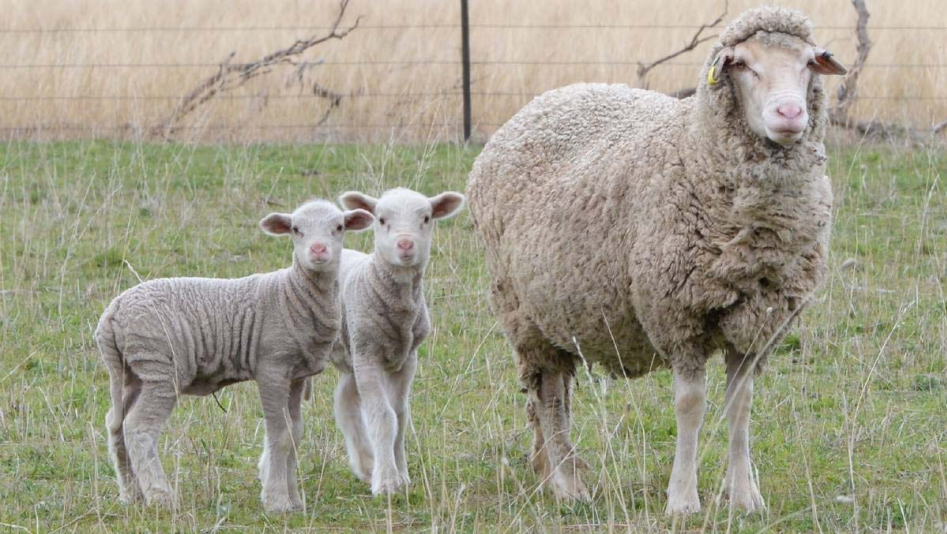
Preparing Your Ewes
Ewes can breed from the age of 7-9 months but be aware that they ideally need to be a reasonable size (35-40kgs) before being bred to be cycling effectively (see fit to join resource to determine if your ewes are ready).
The ewes should be in as good condition as possible at the start of mating as the condition score of ewes will determine not only the lamb’s survival rate but the survival of the ewe mother. Ewes with a condition score of 3 – 4 depending on if they are having single or twins will improve survival rate to 70 – 90% (as seen in figure 2).
The udders of all ewes should be carefully inspected for abnormalities before mating starts, particularly for blind, large or damaged teats and ewes with these problems should be either culled/sold or prevented from breeding if possible. Otherwise she will have difficulty feeding her lambs.
Depending on the goals of your farm, the breed, temperament, and genetics (breeding values) will vary. Some key factors to consider when choosing your breeding stock are:
- Breeding goals (Eg. Meat quality, wool quality or looks?)
- Breed types – Select breeds that will suit your climate, goals and can manage on the resources you have available
- Temperament – Do you want good mothering behavior? Do you want more docile and less fearful sheep?
- Pedigree – Pedigree of your rams and ewes can help identify genetic strengths and weaknesses
- Diversity – Introducing new bloodlines to your flock will maintain genetic diversity and health
- Labour requirements – Getting shedding sheep or hair sheep to reduce the need for shearing
Preparing Your Rams
To ensure rams are in the best condition possible for joining it is important to ensure you do the following two actions 8 weeks prior to joining, to ensure time for recovery of rams or for you to purchase new rams, if needed.
Carry out the “6 Ts” health check:
- Testicles and scrotum – Measure and check firmness (like a flexed biceps) with no lumps or bumps
- Torso – check for body condition score between 3.5-4.0 (spine well covered)
- Teeth – check for under and overshot jaws, gaps, and molar abscesses.
- Toes – check locomotion, legs, and feet
- Tossle (penile health) – check that the penis can be exteriorized easily and there is no injury or infection.
- Treat – check vaccinations are up-to-date, parasites, lameness, shearing.

Nutrition – The ram paddock should be easily accessible with adequate shade, cool water and access to good quality feed. Rams should be in a good condition Score 3.5 (torso) at 2 months prior to mating. It takes 7 to 8 weeks to produce mature sperm and to reach maximum fertility, so any setbacks during this period can be disastrous.
Nutrition
Ewes due to lamb in autumn and winter will often not be able to get all their feed requirements from the pasture due to the significant increase in energy requirements to support the lambs. In autumn, the feed is usually short and dry, and lacking in energy and protein. After the break, protein present in the pasture is likely adequate, but it may take some time for the pasture to reach adequate density and height for lambing ewes. Therefore, supplementing feed is very important to ensure the ewe is not losing weight during pregnancy and while supporting her lambs.
The amount of dense green perennial pasture required for lambing ewes to maintain weight is:
- 900kg DM/ha FOO (feed on offer) by day 90 of pregnancy (about 2.5cm of dense green pasture)
- 1200kg DM/ha FOO at lambing for single-lambing ewes (about 4cm of dense green pasture)
- 1800kg DM/ha for twin-lambing ewes (about 7.5cm of dense green pasture)
To learn more about feed budgeting see the Feed Budgeting factsheet.
Further Resources
- AgVic
- DPIRD WA
- MLA – Fit to join: Improving ewe and lamb survival through pre-joining assessment
- NSW LLS – Joining ewe management
- Woolwise – Joining, lambing and lamb management
- Zoetis – Inspection of rams pre-joining
Click here to download a PDF version.
For further information, please contact the VFF Stock Sense team on 1300 882 833 or by email [email protected]
